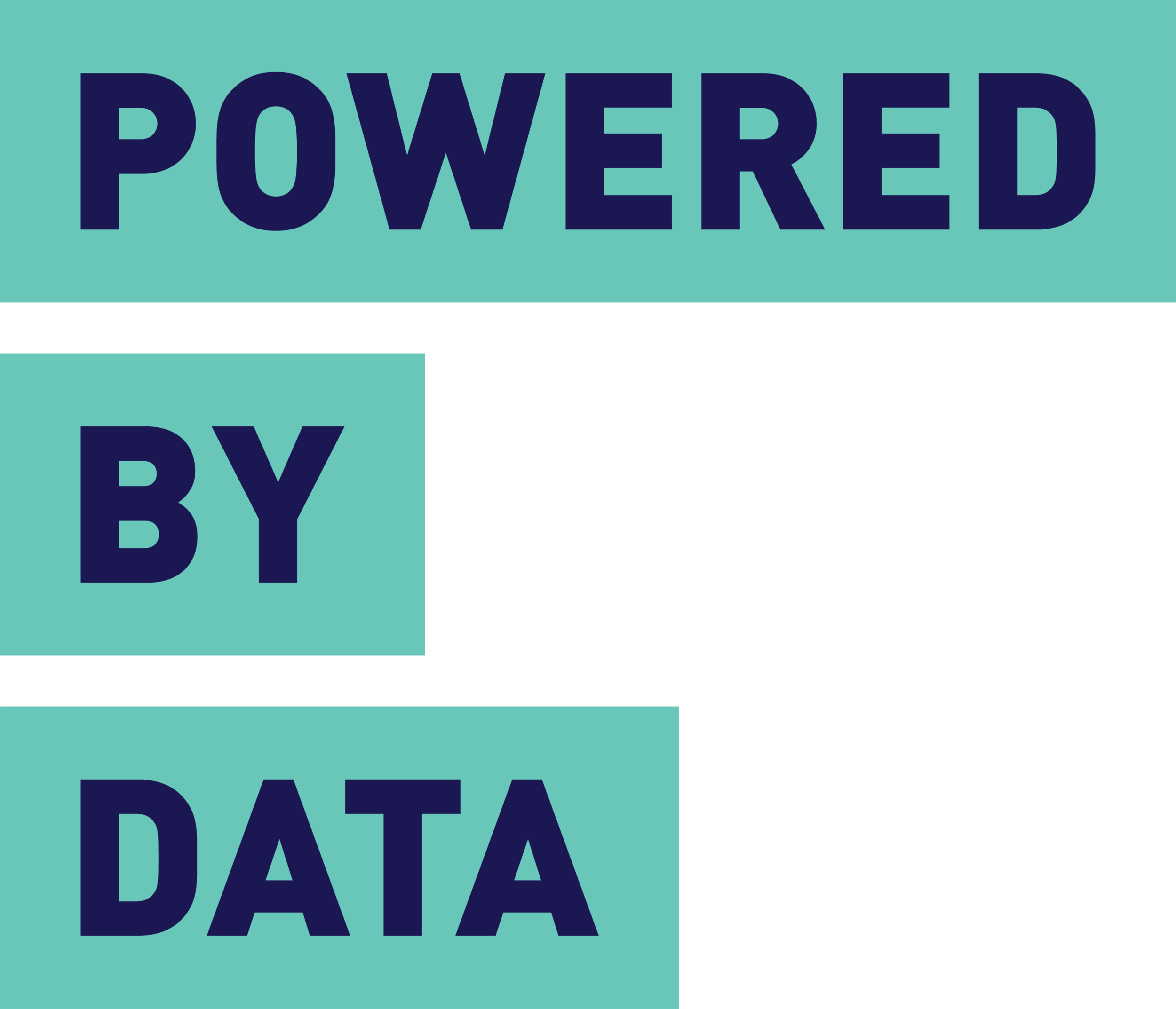Making grantmakers' data useful
Last year, a British foundation called Nesta Trust gave out five grants to support the development of new approaches to understanding the smaller and informal part of the nonprofit sector. It was called "Data Driven Methods for Mapping 'Below the Radar' Activity in the 'Social Economy'". One of the papers was made available last week: Mining the grant-makers - A data driven method for identifying below the radar organisations in data released by grant-makers
Below the radar organisations are small, unregistered, but form a vital part of communities across the country. The nature of below the radar organisations means they are difficult to quantify and measure, and so the assessment of them in NCVO's Civil Society Almanac series has always been a partial one. [...] [Existing a]pproaches to measuring below the radar activity [...] are labour intensive, and without significant resources could not produce a UK-wide dataset for data analysis.
Our approach, outlined in this paper, aims to use data from grant-making bodies (both statutory and private) to identify below the radar organisations. By matching data about who these grant-making organisations fund with data on registered organisations, we hope to identify the remainder as below the radar. This approach, we believe, will enable us to pick up organisations outside the sphere of known, registered organisations.
That approach is similar to the one we developed last year for a report for the Circle on Philanthropy and Aboriginal Peoples. It was Measuring the Circle: Emerging Trends in Philanthropy for First Nations, Métis and Inuit Communities in Canada. Basically, we took advantage of our world-beating charity tax data to identify funders of aboriginal causes by coming up with a group of organizations working on those issues and then identifying funders who had funded multiple organizations. Those organizations were then contacted to gather further information. This approach is very different from the regular "mapping" exercises conducted manually. While they both have advantages, and further research does need to be done, these new approaches can cover much larger areas and cost much less. Our tool "LANDSCAPE" also demonstrates that.
The "Below the radar" report made one recommendation that we've been attempting to impress upon the grantmakers that we have been advising:
The 360 Giving programme is providing useful data which is of value and offers insights that cannot be found elsewhere. We would encourage the continuation of that programme, and that both greater use of the data and improvements to the quality of data imported will make it a more useful resource. Of particular use would be the inclusion of charity numbers and company numbers which would remove the need for an imperfect matching process. [emphasis added]
Grant data could easily be made much more usable if it included the business number of the recipient. As the writers of the report made clear, that would allow for easier analysis and for linking to external data. The alternative is to match grants based on the name of the recipient. This is cumbersome and prone to errors, since an organization can be referred to by a variety of similar names and spellings.
We hope that large funders of the Canadian nonprofit sector are listening - especially the federal Treasury Department, which sets guidelines for the very comprehensive, very unique, and potentially very valuable data set about all of the government's grants and contributions (example).
